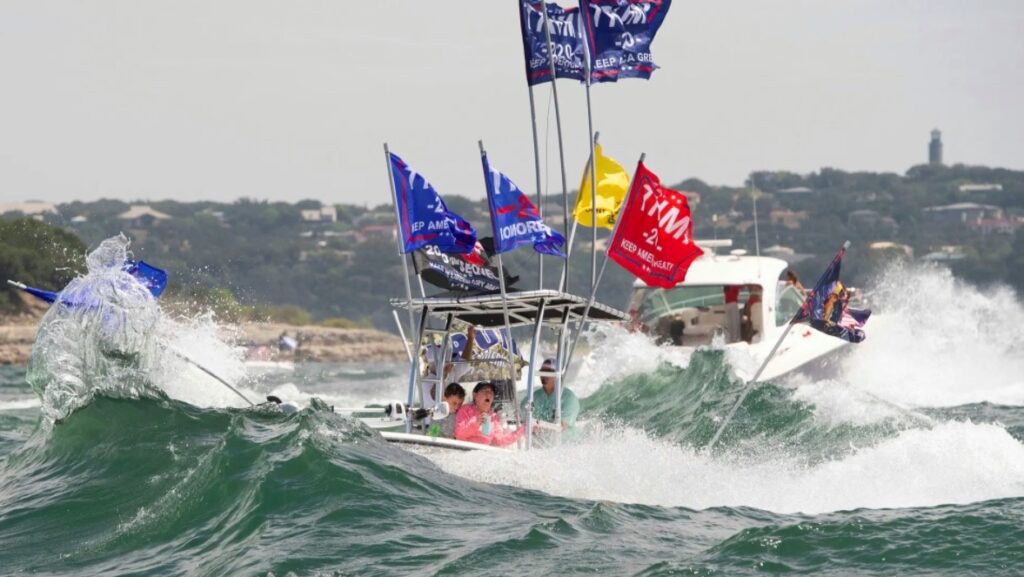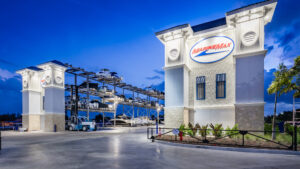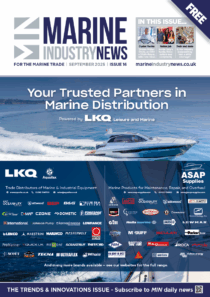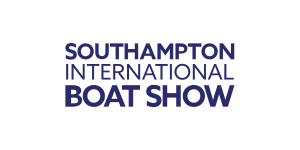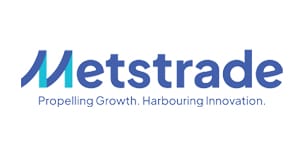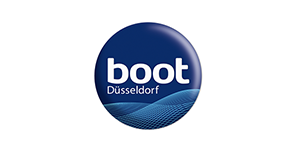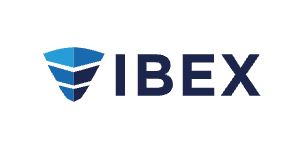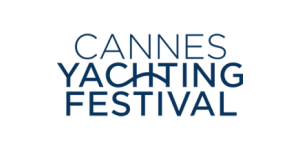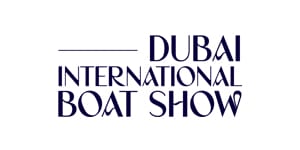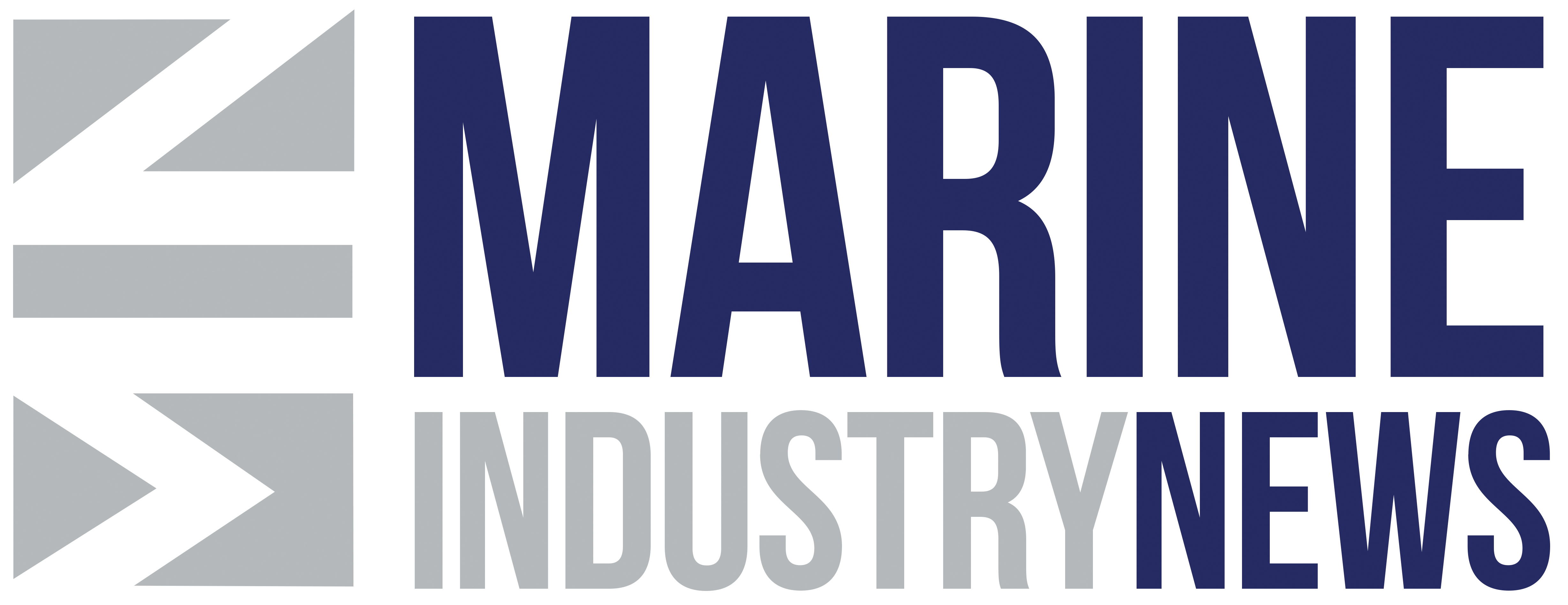What do ‘Liberation Day’ tariffs mean for the boating industry?
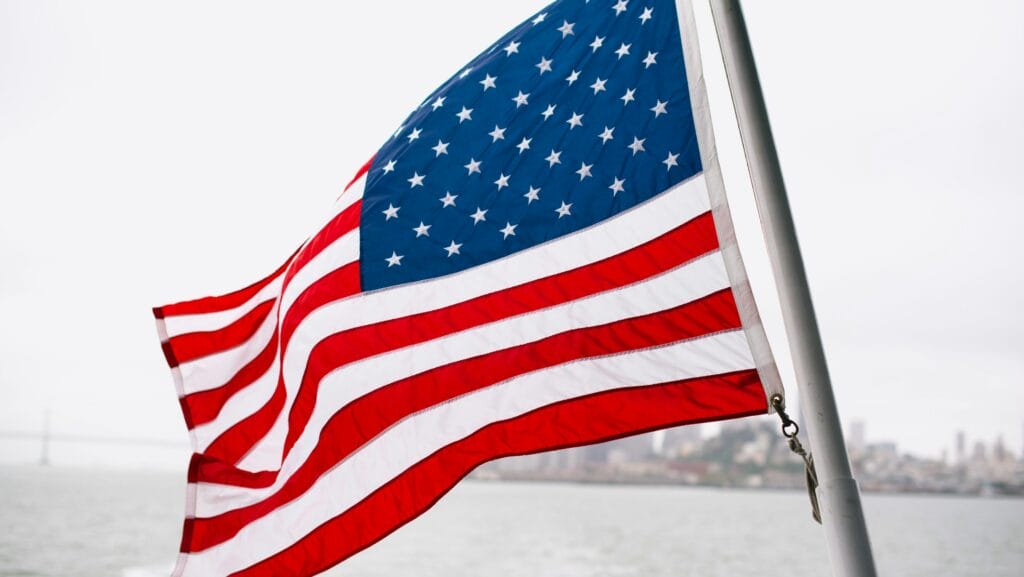
On 2 April 2025, US president Donald Trump announced new trade measures that include a 10 per cent baseline tariff on all imported goods, effective from 5 April 2025.
Additional tariffs, some as high as 34 per cent on specific Chinese imports, are set to take effect from tomorrow (9 April 2025). The US administration describes these tariffs as ‘reciprocal’ and targets countries identified as maintaining higher trade barriers against US exports.
Certain categories of products, including lumber, copper, semiconductors, pharmaceuticals and critical minerals, are not included in this round of tariffs. However, these goods remain under Section 232 investigations and could be subject to future duties. A separate 25 per cent tariff on imported automobiles and parts became effective on 1 April. These follow previously implemented tariffs on steel and aluminium.
American boat manufacturers are advised to review the Administration’s Annex II exemption list at the Harmonised Tariff Schedule (HTS) code level to determine whether specific products, such as metals and semiconductors, may qualify for relief.
The National Marine Manufacturers Association (NMMA) is urging members to assess how the latest tariffs may affect their operations. Some of the factors to consider include increased costs due to reciprocal tariffs imposed on imports from countries such as Japan (24 per cent), the EU (20 per cent), Norway (15 per cent) and Vietnam (46 per cent).
Cumulative tariffs on certain Chinese imports now reach 79 per cent when the new reciprocal tariffs are combined with the February International Emergency Economic Powers Act (IEEPA) tariffs and existing Section 301 duties. Additionally, there is potential for further retaliatory tariffs from export markets. The EU, for instance, is expected to impose retaliatory tariffs of 25 to 50 per cent on American-made boats beginning 15 April.
In a statement, NMMA says: “We are engaging the administration, the Office of the US Trade Representative and Congress to advocate for a targeted, strategic approach to tariffs, one that strengthens US global leadership without undermining domestic producers.”
Marine businesses in the US have expressed concerns over the escalating trade war. The National Association of Manufacturers (NAM) Q1 2025 Manufacturers’ Outlook Survey reported increasing disquiet among US manufacturers, particularly in the recreational marine sector.
Trade policy is scheduled to be a focus area at the 2025 American Boating Congress, which takes place from 12 to 14 May in Washington, DC.
European perspective on US tariffs
On Thursday (3 April 2025), the European Boating Industry (EBI) — which represents the recreational boating industry in Europe — issued an updated statement on the ongoing tariff dispute.
EBI comments: ‘The US government [has] announced ‘reciprocal tariffs’ on the import of EU products at the level of 20 per cent. European Boating Industry strongly opposes tariffs and underlines the potential risks to businesses on both sides of the Atlantic and the entire value chain.
‘The boating industry is globally integrated, and North America and Europe are the largest markets. Tariffs disrupt businesses, hinder economic growth, and jeopardise jobs, particularly for small and medium-sized enterprises (SMEs) that form the backbone of the boating industry.
‘We welcome the EU’s objective to reach a negotiated solution with the US, and EBI stands ready to contribute with proposals to enhance the recreational boating industry’s mutual success.
‘The permanent removal of tariffs would support economic growth, jobs and investment on both sides of the Atlantic. EBI is in constant dialogue with the EU institutions.’
The recreational boating industry in Europe consists of over 32,000 businesses and directly employs more than 280,000 people. Over 96 per cent of businesses in the sector are SMEs.
American marine manufacturers association issues cautious statement
“The United States is home to the world’s largest recreational boating market — and we’re proud to be an American-made industry, with 95 per cent of boats sold here built here,” says Frank Hugelmeyer, president and CEO of the NMMA.
The size of the US home market is set to become increasingly important to US manufacturers as overseas sales fall away, and boatbuilders will need to adopt strategies to pick up the shortfall.
Hugelmeyer says NMMA “looks forward” to working with the Trump administration to “ensure policy decisions protect small businesses, strengthen our supply chain, and propel the US recreational boating industry forward.
“As a leading domestic manufacturing industry with worldwide demand, our success depends on a stable, integrated supply chain, which is why we strongly support efforts to strengthen US manufacturing and expand access to global markets.”
He also notes that in a world of global challenges — from inflation and high interest rates to shifting trade dynamics — marine manufacturers are adapting, but transitions take time. “Our industry needs the right tools and policies to remain competitive without sacrificing American jobs or production.” Currently, the industry is estimated to have 812,000 workers across 36,000 businesses.

